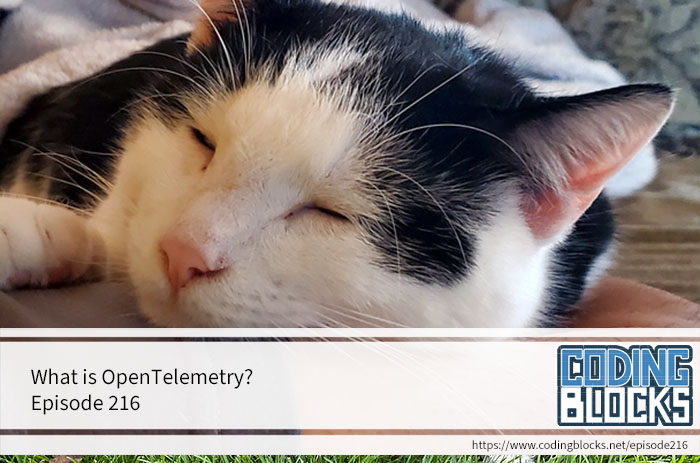
 Coding Blocks
Coding Blocks What is OpenTelemetry?
Aug 21, 2023
This podcast delves into OpenTelemetry, discussing observability, distributed tracing, and standardizing metric exposure. Hosts explore its role in software performance analysis, signal emissions, and system functionality. They also share a helpful tip on using the control key to manage apps in the task manager, and discuss unconventional musical collaborations for coding background music.
AI Snips
Chapters
Transcript
Episode notes
What Is OpenTelemetry
- OpenTelemetry is a collection of APIs, SDKs, and tools to instrument and export telemetry data for better system observability.
- It helps connect logs, metrics, and traces to visualize software performance and behavior holistically.
Distributed Tracing Importance
- Distributed tracing lets you follow a unique identifier through all system components for a single user request.
- This reveals where issues occur inside complex multi-tier or microservices architectures.
Observability Without Code Access
- OpenTelemetry aims to enable troubleshooting without needing to understand a system's internal code.
- Proper instrumentation means emitting metrics, traces, and logs to fully troubleshoot issues in one place.

